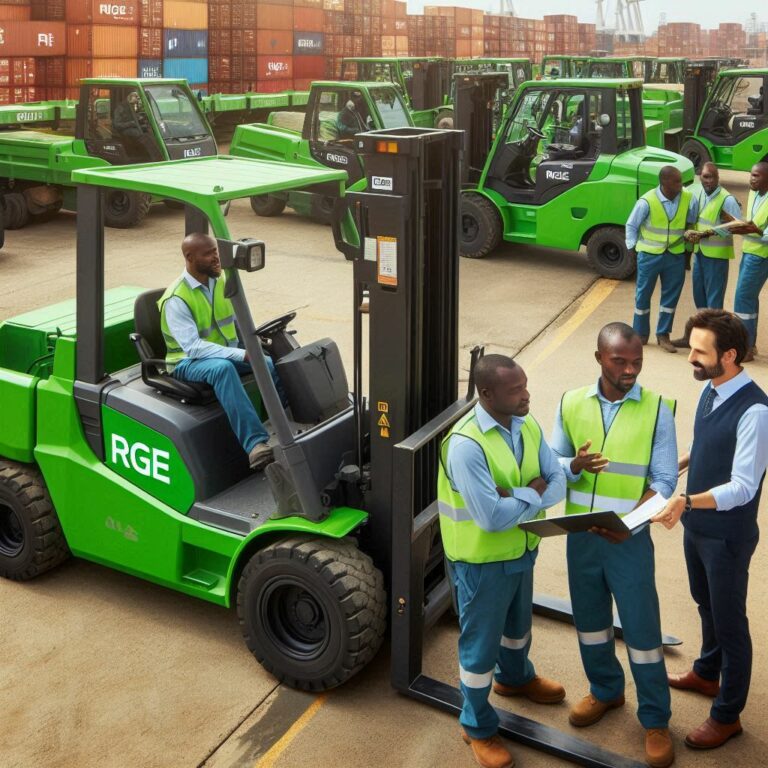The Role of Land Transport in Connecting Supply chains.
Land transport plays a pivotal role in connecting supply chains by bridging the gaps between various stages of the logistics process. It involves the movement of goods and materials over land, encompassing modes such as road, rail, and inland waterways. Here are the key aspects of its role in connecting supply chains:
- Linking Origin and Destination Points: Land transport serves as the vital link between the points of origin (where goods are manufactured or sourced) and the points of destination (where they are consumed or used). This connectivity ensures a seamless flow of products within supply chains.
- Facilitating Multi-Modal Transportation: Land transport often serves as the first or last mile in multi-modal transportation. It connects ports, airports, and rail terminals to warehouses, distribution centers, and end customers. This integration allows for the efficient movement of goods across different modes of transport.
- Last-Mile Delivery: In urban and suburban areas, land transport, particularly road transport, plays a crucial role in last-mile delivery. It ensures that products are delivered directly to consumers’ doorsteps or to retail outlets, completing the supply chain cycle.
- Distribution and Warehousing: Land transport is essential for the distribution of goods from central warehouses to regional distribution centers and retail locations. It ensures that products are available where and when they are needed to meet customer demand.

Impact on Cost-Efficiency:
Land transport significantly influences cost-efficiency within supply chains in the following ways:
- Lower Transportation Costs: Land transport, particularly road transport, is often more cost-effective than air or sea freight for short to medium distances. This can lead to lower transportation expenses and overall logistics costs.
- Optimized Route Planning: Advanced technologies, such as GPS and route optimization software, help minimize fuel consumption and reduce transportation time, contributing to cost savings.
- Reduced Inventory Costs: Efficient land transport enables companies to implement just-in-time inventory practices, reducing the need for excessive stockpiling and associated storage costs.
- Improved Supply Chain Visibility: Land transport provides real-time tracking and visibility into the movement of goods, allowing for better supply chain management and cost control.


Impact on Sustainability:
While land transport is indispensable for connecting supply chains and cost-efficiency, it also has a significant impact on sustainability:
- Environmental Concerns: Land transport, particularly road transport, is a major contributor to carbon emissions and air pollution. The environmental impact is a pressing concern, leading to the need for more sustainable practices.
- Alternative Fuels and Technologies: To mitigate environmental effects, the industry is exploring alternative fuels (e.g., electric, hydrogen) and eco-friendly technologies (e.g., hybrid and fuel-efficient vehicles) to reduce the carbon footprint of land transportation.
- Efficiency Improvements: Route optimization and load consolidation can help reduce fuel consumption and emissions, making land transport more sustainable.
- Regulatory Compliance: Governments and regulatory bodies are implementing stricter emissions standards and promoting sustainable transportation practices, which is driving the industry towards greener solutions.
- Intermodal Transport: Intermodal transportation, which combines multiple modes like rail and road, can reduce the environmental impact of land transport by utilizing more energy-efficient modes for long-distance travel.
In conclusion, land transport serves as a critical connector within supply chains, enabling the efficient movement of goods from origin to destination. Its impact on cost-efficiency is significant, as it can lower transportation and inventory costs. However, its environmental impact underscores the need for sustainable practices, such as alternative fuels, efficiency improvements, and compliance with regulations, to minimize its carbon footprint and contribute to a more environmentally responsible supply chain. Balancing cost-efficiency with sustainability is a key challenge for modern logistics and transportation.







